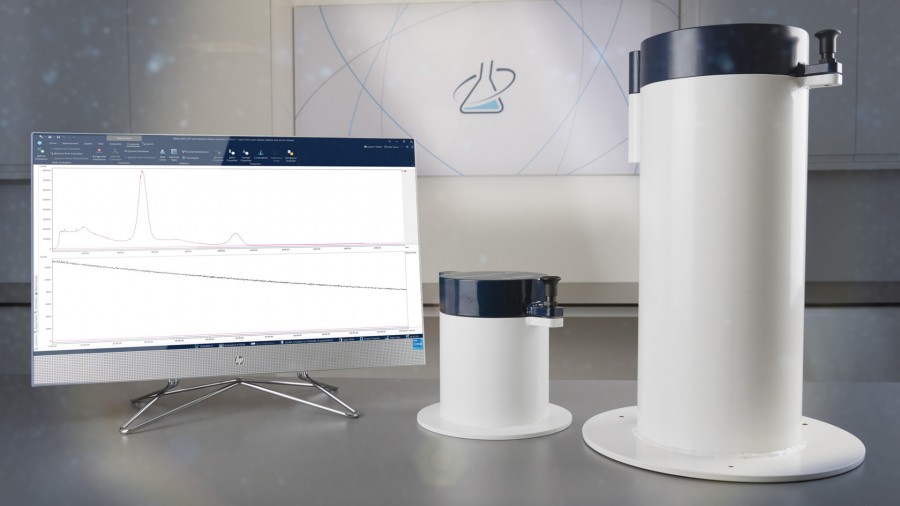Combine two tests in one with the Spec-RAM range
17/02/2025

At a glance
> You can now simultaneously test radionuclidic identification via a half-life measurement and radionuclidic purity using LabLogic’s Spec-RAM gamma spectrometers.
> Laura Radiopharma’s Nuclide ID function measures decay every 15 seconds at the same time as performing gamma spectrometry on the same sample.
> A decay chain is visualised on screen in real-time, providing dozens of datapoints within minutes to automatically identify radionuclides as an alternative to traditional dose calibrators.
> This is an ideal solution for facilities using gamma emitters with short half-lives such as 18F and 68Ga for routine production or developing new tracers.
Current challenges in radionuclide identification
Nuclide ID is an essential Quality Control test for radiopharmaceuticals. The half-life measurement is typically performed using a dose calibrator to count the activity at multiple timepoints to calculate an isotope’s half-life, but there are challenges in this. Many facilities house dose calibrators in hot cells where access is not always convenient or even permissible when needed, and dose dispensing can take precedence, meaning the instrument is not always immediately available.
But what if there was another way to perform the half-life measurement?
Two tests, one measurement, one compliant solution
Using a Spec-RAM gamma spectrometer controlled by Laura Radiopharma, a half-life measurement can be performed at the same time as the acquisition of the gamma spectrum, allowing users to test for radionuclide ID and purity with just one instrument. This reduces the dependency on dose calibrators and combined with only using a single sample, provides users with greater safety and an improved workflow efficiency.
Automatic nuclide identification in real-time
With the half-life measurement for nuclide ID, a datapoint is measured every 15 seconds using the Spec-RAM and a decay curve is visualised on screen in Laura. This is automatically compared to known half-lives allowing nuclides to be identified. If the rate of decay is faster or slower than expected, a user can recognise the presence of unwanted isotopes before the run has finished. This allows problems with the sample to be identified sooner and the test to be restarted faster, wasting less time.

Above, a decay curve of 18F as visualised in Laura.

Once the decay has been plotted, users can automatically identify the nuclide in just 2 clicks of a mouse. In this instance, Laura has been confirmed that the radionuclide is 18F, based on its half-life. As the industry’s leading software for instrument control and data analysis, Laura provides users with the necessary compliance demanded for GMP, offering data integrity, audit trails, electronic signatures, and more. It has been built specifically to meet the rigorous demands of guidelines such as CFR Part 11, Annex 11, and more.
Find out more
You can learn more about the Spec-RAM and Laura Radiopharma by clicking the button below to speak to a product specialist directly.